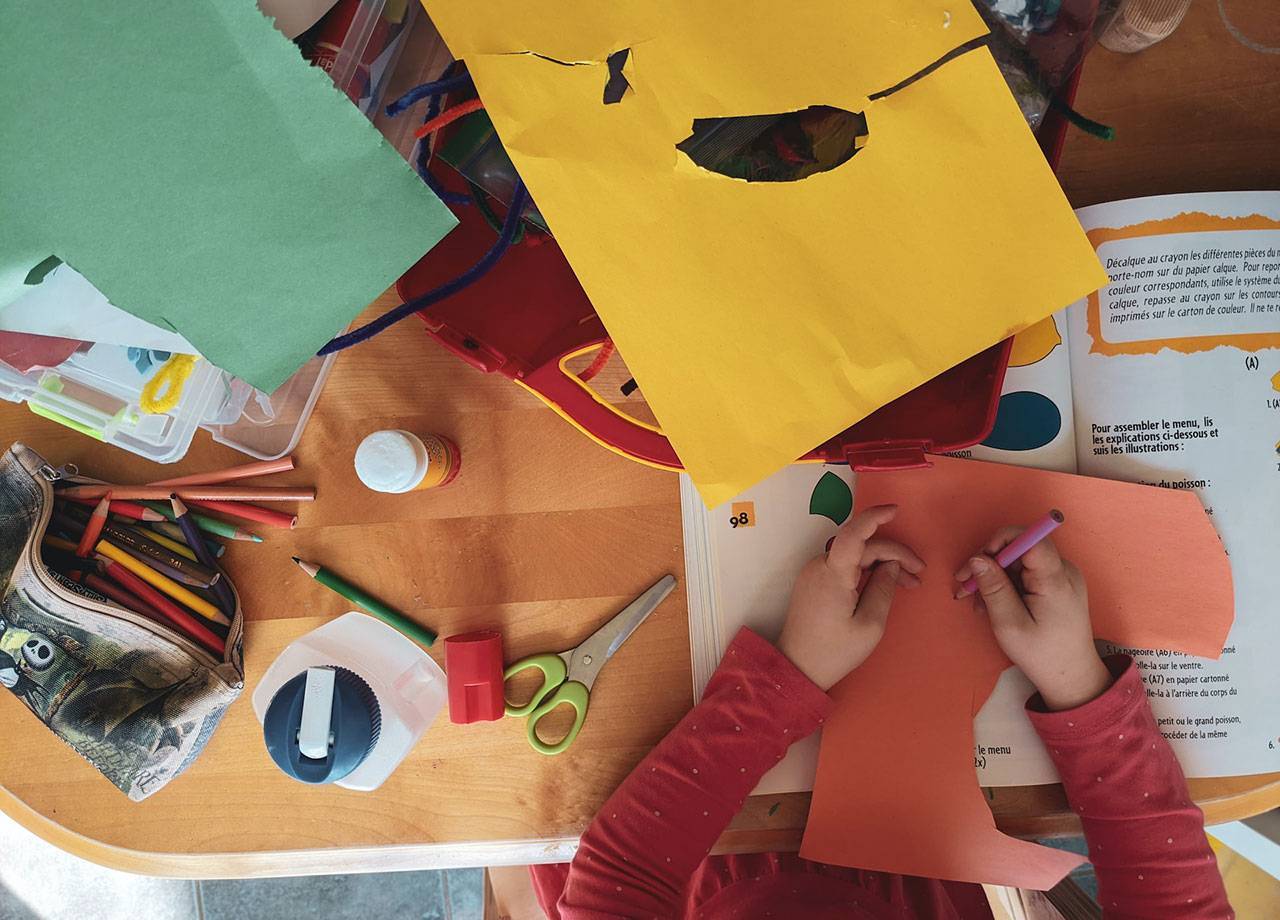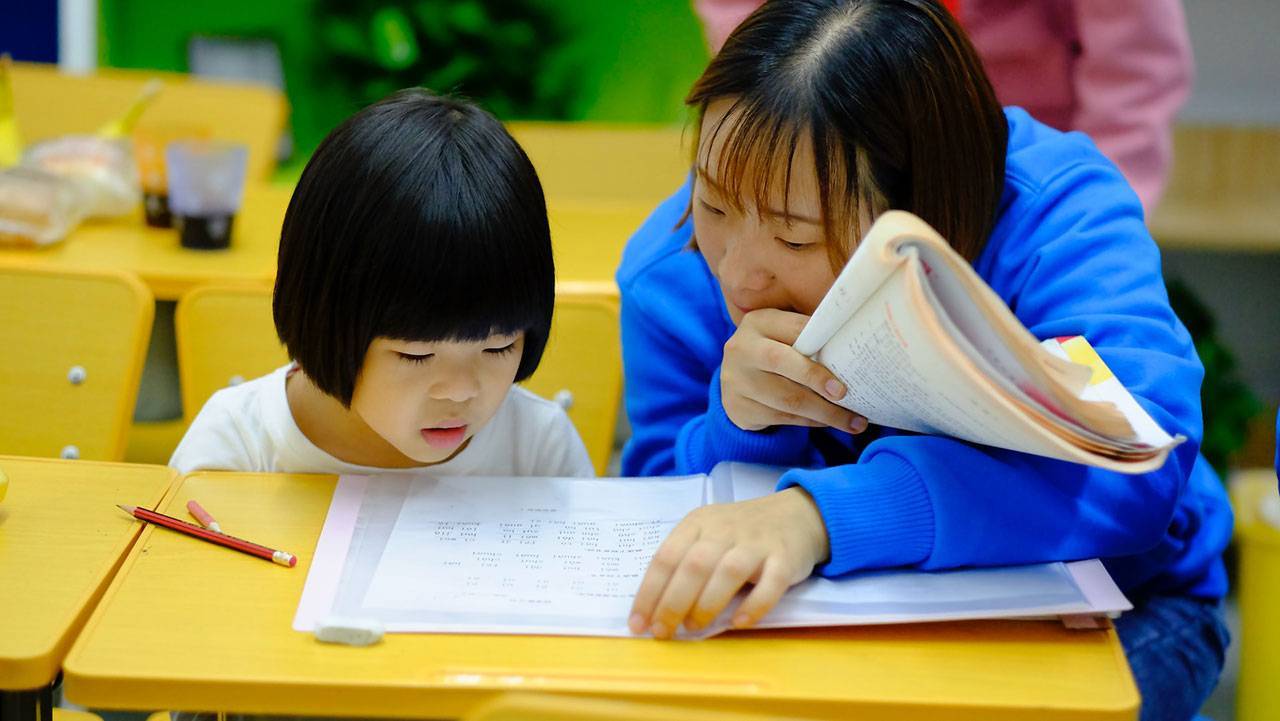10 Easy Steps to Teach Your Kid to Write in a Playful Manner

Mothers play a critical role in the early development of their kids. It always involves teaching their children crucial skills, such as writing, that are essential in their education. Handwriting is a basic skill that influences reading, critical thinking, and language usage. It contributes to brain development. Teaching your young one to write is vital since it enhances their ability to develop internal models of the symbol system required for academic success. Standard educational expectations for beginners include the ability to write legible, well-formed letters.
However, research indicates that children learn best via multisensory, hands-on activities that entail all five senses. Engaging several senses during a writing training program improves the writing abilities of individuals with and without developmental dyslexia. Consequently, multisensory teaching through educational games may encourage the kids’ engagement as they get emotionally invested in multimodal activities. Here are ten hands-on and multisensory steps for teaching kids how to write.
1. Use the Wet-Dry-Try Technique
The Wet-Dry-Try approach is a component of the Handwriting Without Tears Program, a handwriting intervention program based on scientific research. First, the letter is written on a blackboard by an adult. The youngster then uses their finger and a sponge to create a moist replica of the letter, allowing the letter to dry and trace over it with chalk.
2. Surface Tracing
Show your child a letter and instruct them to observe how it is made. Then instruct them to attempt to recreate it from memory on a table, door, etc. Additionally, you may trace a letter on any surface and have them identify it. If they have difficulty tracing or guessing the letters, have them place their hand on yours while you trace the letter. You may also place your hand on theirs to assist them in tracing the letter.
3. Request the kid to trace numbers/letters using arrows as guides
They may use arrows as tracing guides on paper or a dry-erase board. Once they have mastered this, instruct them to trace without arrow suggestions.
4. Stencil
Teach the child to write the numbers or letters in stencils to learn proper formation naturally.

5. Make learning to write enjoyable
A child will not immediately begin to write with a pencil or crayon in the correct formation. They will only begin to write once the colors and patterns interest them. Begin by demonstrating how to create random signs using magnetic doodle pads, slate, and chalk. Using wheat flour, salt, or sand to make random letters and signs and encouraging the child to follow is a fun technique to pique a young child’s interest in writing.
6. Integrate music and movement into the learning process
Research suggests that music increases learning, and kinesthetic education is often a component of multimodal learning. You can use educational games online on platforms such as Youtube and domypapers.com for assignments.
7. Create letters out of clay
Your child may use the tip or eraser end of a pencil, pen, or other carving instruments. It will enable them to experience resistance while writing, which is beneficial for understanding letterforms and developing hand strength. The youngster may either look while writing or look only if necessary while attempting to write from memory.
8. Discuss letter formation
For instance, explain the appearance of a letter as “a V is two slanted lines that meet at the bottom, an E resembles a comb with a few teeth missing, a C resembles a crescent moon, a B has a straight line and two curves coming out to the right, etc.” Describe it to your kid and have them do the same. Discuss letter construction by tracing, writing, or seeing a letter.
9. Show emotion and enthusiasm when writing
Children tend to do tasks with more zeal when others find their actions amusing. Show enthusiasm by laughing and applauding each time your youngster scribbles. It will make them pleased and inspire them to continue writing.
10. Allow them to scribble
Don’t prevent your children from scribbling. Allow them to begin writing as soon as they begin to hold objects. Observing their handiwork on paper will thrill and motivate the kid to produce additional scribbles. You may instruct them letter by letter on how to write their name.
Free Educational Games To Help in The Process
As mentioned earlier, many kids dislike writing and any activities involving it. However, various free educational games can help your child develop a passion for writing, allowing them to write more and have fun doing it.
Telling Narratives
The only materials required for this game are paper and pencils. All participants will collaborate on a tale. Onboard, you may compose the story’s first line. The children will then spend the next two minutes writing the next part of the tale. After two minutes, each paper is passed to another student who will continue the narrative. The papers are passed around many times until the tale is complete. Then, you may enjoy sharing the unique and humorous tales that have been made.
Telephone Drawing Game
This game is fascinating and will encourage your child’s creativity while also encouraging them to write. It will run more smoothly if there are more participants, and you need a paper and pencils. Each participant writes a statement on the paper and passes it on. The next player will sketch what the text represents, fold the paper so that the drawing is visible, and then pass the sheet. The next player will describe the artwork with a sentence and fold the paper to make their statement visible. The piece continues to circulate in this manner until it is exhausted. Then, all participants may compare the original text to what transpired for chuckles.
Birthday Cards
Whenever there is a holiday, special occasion, or family birthday, you might have your children compose the birthday card. It will prompt children to express their feelings about their family members and encourage them to write.
Complete the blanks
This game requires some narrative sheets with blank spaces. To play, all you need to do is hand your kid the page, and they will fill in the spaces using their imagination. Afterward, you may read the full narrative together.
Comic Strip Fun
This exercise is more suitable for older children who can already read and write, particularly those who like storytelling. You may give your children comic strips and ask them to fill in the conversation boxes. Then, pose the task of making it more interesting. They may also use crayons to add more vibrant colors to the comic strip.



